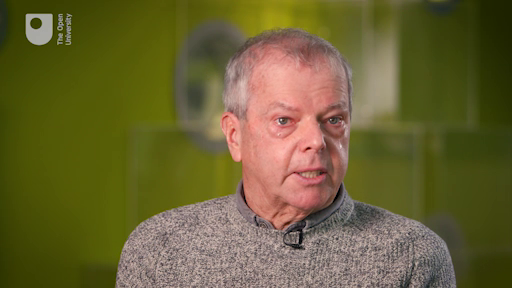1 From ‘ineducable’ to ‘included’
You have followed the story of Bernadette ‘Bernie’ Lee in previous sessions. Watch the video below (which you first watched in Session 2), where Phil Lee talks about his sister’s education.

Transcript: Video 2
Phil’s highly charged interview reflects the historical injustice that people with learning disabilities have faced in terms of getting an education. In the UK, for much of the 20th century, children assessed as having an IQ under 50 were deemed to be ‘ineducable’. Their families received a certificate confirming this, which meant that they could legally be denied an education.
Click through the slides in Slideshow 1 to see how this gradually changed in the UK from 1970 following the passing of the Education (Handicapped Children) Act.
Activity 2 Where children are schooled
a.
a) 75-100%
b.
b) 50-75%
c.
c) 25-50%
The correct answer is c.
Answer
The data for England collected in 2017 showed that 48% of students with SEND were being educated in state-funded mainstream schools. 44% were educated in maintained special schools. The other 8% were being educated in a mix of independent schools, non-maintained special schools or Pupil Referral Units. Interestingly, this is quite a different picture to Scotland, which has a stronger policy commitment to inclusion. In Scotland, over 90% of children with Additional Support Needs (ASN) are educated in mainstream schools (Scottish Government, 2018), although a proportion of these are schooled in special units on the main site. However, due to differences in how ‘SEND’ and ‘ASN’ are defined, it can be difficult to compare figures.
(Source: Department for Education, 2017)
You may have been surprised to learn that despite the national and international policy commitments to inclusive education, less than half of children with SEND actually attend a mainstream school.
